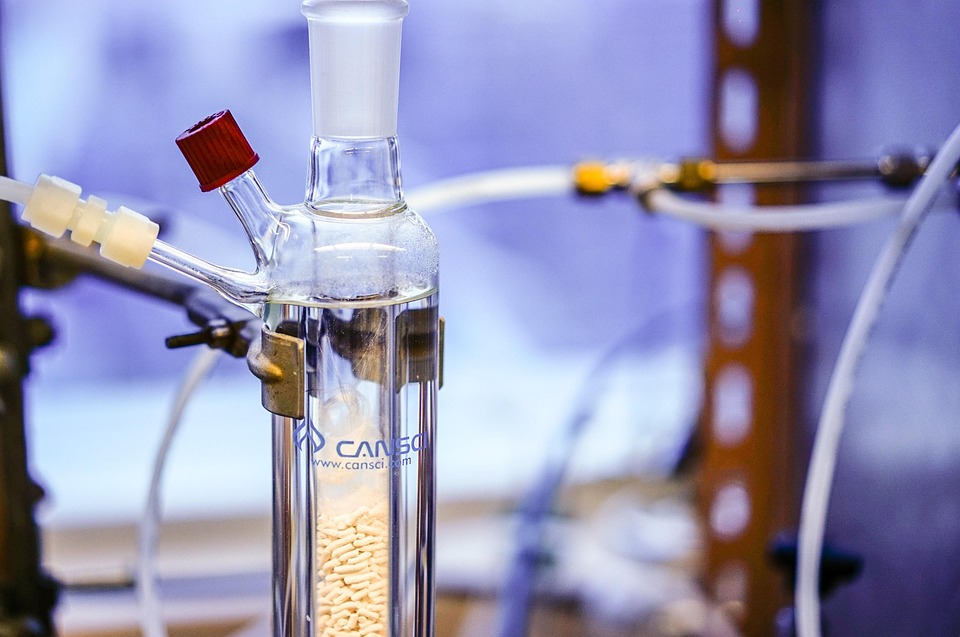Have you ever wished you could conduct a chemistry experiment without the risk of blowing something up? Or maybe you’ve dreamed of exploring the depths of the ocean from the comfort of your classroom? Well, welcome to the world of virtual labs!
Virtual labs are transforming education, allowing students to engage in hands-on learning experiences that were once limited to physical classrooms. As technology continues to advance, the way we educate the next generation is evolving. Let’s dive into five compelling ways virtual labs enhance student learning experiences.
Contents
1. Accessibility and Inclusivity
Breaking Down Barriers
One of the most significant advantages of virtual labs is their ability to make science accessible to all students, regardless of their geographical location or physical abilities. According to a study published in the Journal of Educational Technology & Society, virtual labs can effectively bridge gaps in educational resources, particularly in underserved areas (Wang et al., 2020).
Real-World Example
Consider a student in a remote village who dreams of becoming a marine biologist. Traditional labs might be out of reach due to inadequate facilities or materials. However, with virtual labs, this student can explore marine ecosystems through interactive simulations. They can conduct experiments, analyze data, and even collaborate with peers globally, all from their home.
Pros and Cons
-
Pros:
- No need for physical equipment or labs.
- Can cater to various learning styles.
-
Cons:
- Requires reliable internet access.
- Some students may struggle with self-directed learning.
2. Enhanced Engagement Through Interactivity
Learning by Doing
Virtual labs are designed to be engaging. They incorporate interactive elements that keep students involved. Research shows that active learning environments can lead to better retention of information (Freeman et al., 2014).
Case Study: The Virtual Chemistry Lab
Take the example of a virtual chemistry lab where students can mix virtual chemicals and observe reactions in real-time. Instead of just reading about chemical properties, they get to experience them firsthand. This hands-on approach fosters curiosity and encourages deeper exploration of scientific concepts.
Pros and Cons
-
Pros:
- Increases motivation and interest in subjects.
- Provides instant feedback on experiments.
-
Cons:
- High-quality simulations can be costly to develop.
- May not fully replicate the tactile experience of physical labs.
3. Safe Experimentation without Risks
Learning from Mistakes
In a traditional lab, mistakes can lead to accidents—think broken glass or hazardous spills. Virtual labs eliminate these risks, allowing students to experiment freely without fear of failure.
A Personal Story
I remember my first chemistry class vividly. We were tasked with creating a reaction that produced gas. I miscalculated, and let’s just say it wasn’t pretty! Virtual labs allow students to make those same mistakes in a safe environment, learning valuable lessons without the mess.
Pros and Cons
-
Pros:
- Students can explore without the fear of dangerous outcomes.
- Encourages a trial-and-error learning approach.
-
Cons:
- Some students may not take virtual experiments seriously.
- Lack of physical consequences may lead to careless experimentation.
4. Cost-Effectiveness for Schools
Budget-Friendly Solutions
Traditional lab equipment can be prohibitively expensive for many schools. Virtual labs offer a cost-effective alternative, reducing the need for physical materials and maintenance. A report by the National Center for Education Statistics noted that schools implementing virtual labs saw a significant reduction in operational costs (NCES, 2021).
Example: Scaling Up
Imagine a small high school with limited funding. By integrating virtual labs into the curriculum, they can offer advanced science courses without the need for expensive lab equipment. This approach not only saves money but also allows schools to provide a more comprehensive education.
Pros and Cons
-
Pros:
- Lower upfront and ongoing costs.
- Flexibility to scale programs as needed.
-
Cons:
- Initial investment in software and training for teachers.
- Potential resistance from educators accustomed to traditional methods.
5. Data Analysis and Real-World Applications
Bridging Theory and Practice
Virtual labs often come with built-in data analysis tools that help students understand complex concepts. They can gather data, analyze results, and apply their findings to real-world scenarios. This hands-on experience is invaluable in preparing them for future careers in STEM fields.
A Practical Example
Consider an environmental science class where students can model the impact of pollution on ecosystems. They can manipulate variables, observe outcomes, and draw conclusions based on real-time data. This kind of experiential learning is crucial for developing critical thinking skills.
Pros and Cons
-
Pros:
- Prepares students for data-driven decision-making.
- Encourages analytical thinking and problem-solving.
-
Cons:
- Students may struggle with interpreting complex data.
- Over-reliance on technology could hinder basic analytical skills.
FAQs
1. What subjects can virtual labs be used for?
Virtual labs are versatile and can be used for various subjects, including biology, chemistry, physics, and environmental science.
2. Are virtual labs as effective as traditional labs?
Research suggests that virtual labs can be as effective, if not more so, in enhancing understanding and retention of scientific concepts.
3. Do virtual labs require specialized training for teachers?
While some training may be necessary, many virtual lab platforms are user-friendly and designed for easy integration into existing curricula.
4. Can virtual labs be used for remote learning?
Absolutely! Virtual labs are ideal for remote learning, allowing students to participate in experiments from anywhere with internet access.
Conclusion
Virtual labs are revolutionizing the educational landscape, making science more accessible, engaging, and safe for students. As we move forward, it’s essential to embrace these innovative tools to prepare students for a future that increasingly relies on technology and data.
While there are challenges to overcome, the benefits are undeniable. Schools that invest in virtual labs not only enhance student learning experiences but also equip the next generation with the skills they need to thrive in an ever-evolving world.
As we stand on the brink of this educational transformation, one thing is clear: the future of learning is virtual, and it’s time we embrace it.
References
-
Wang, Y., Zhang, X., & Wang, J. (2020). The Effectiveness of Virtual Labs in High School Science Education. Journal of Educational Technology & Society. Link.
-
Freeman, S., Eddy, S. L., McDonough, M., Smith, M. K., & Wenderoth, M. P. (2014). Active learning increases student performance in science, engineering, and mathematics. Proceedings of the National Academy of Sciences, 111(23), 8410-8415. Link.
-
National Center for Education Statistics (NCES). (2021). The Condition of Education 2021. Link.








